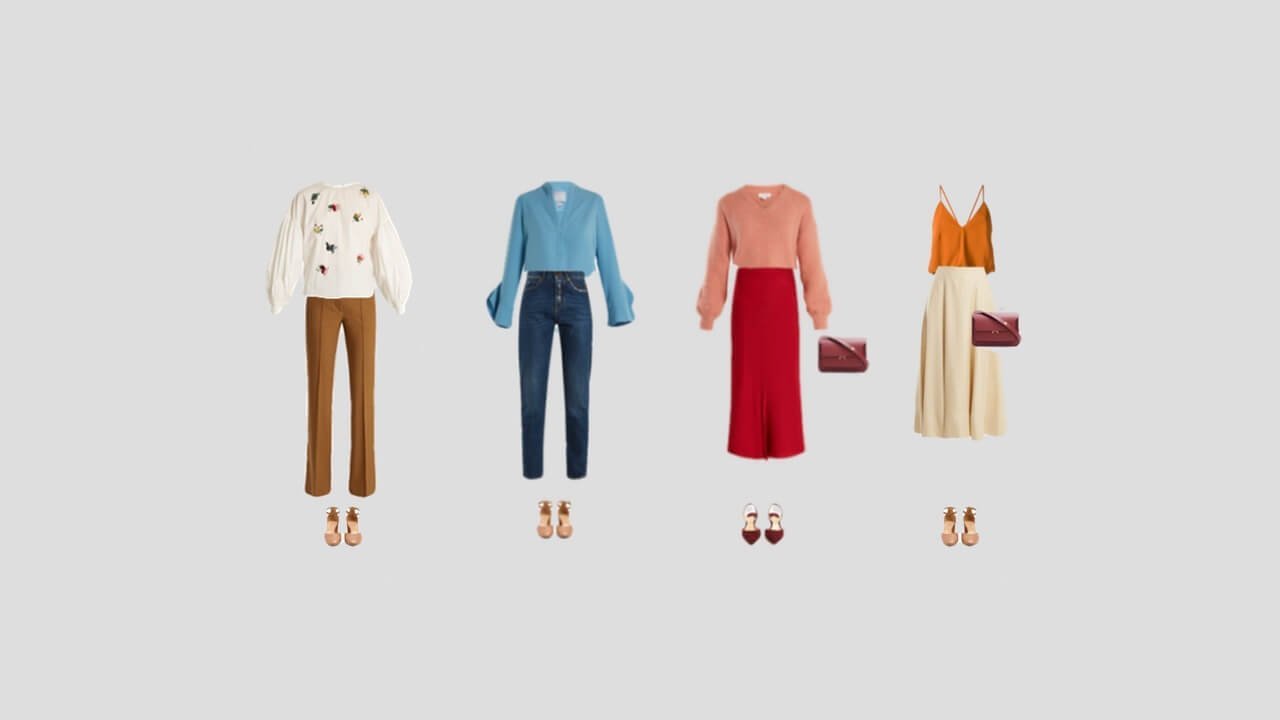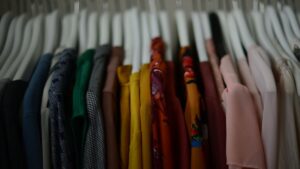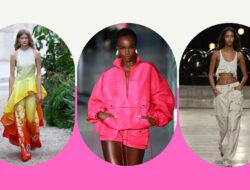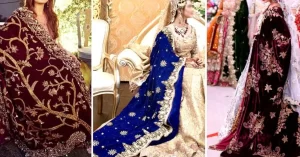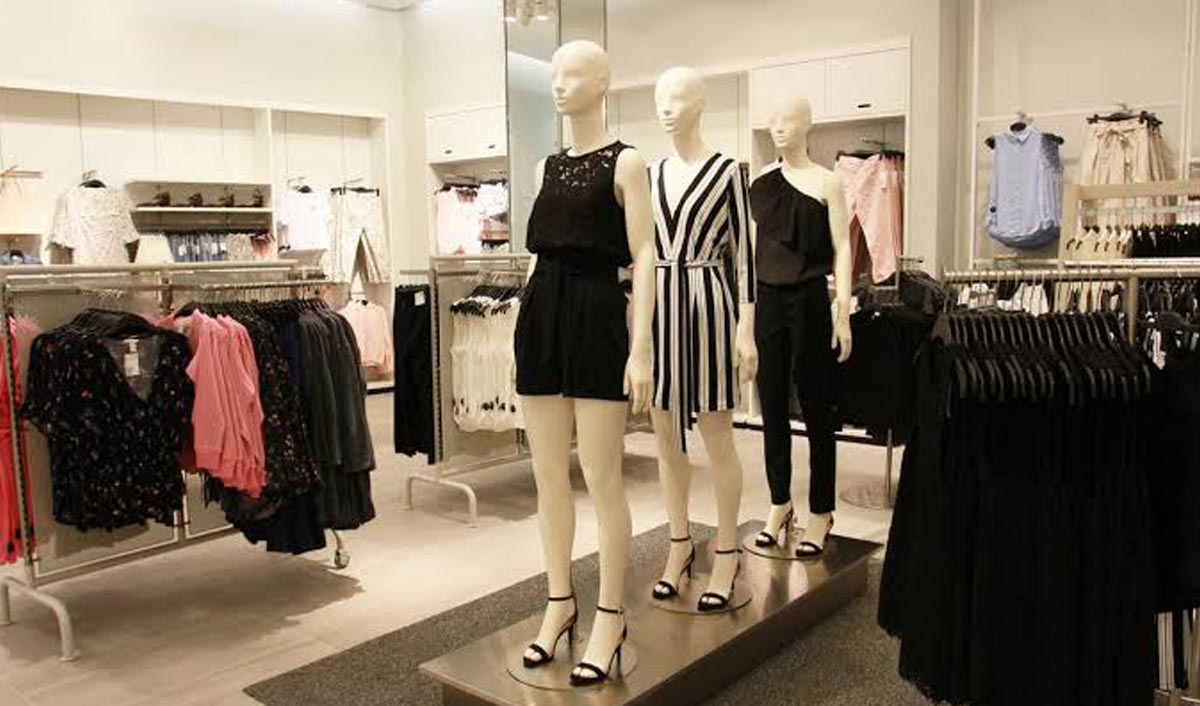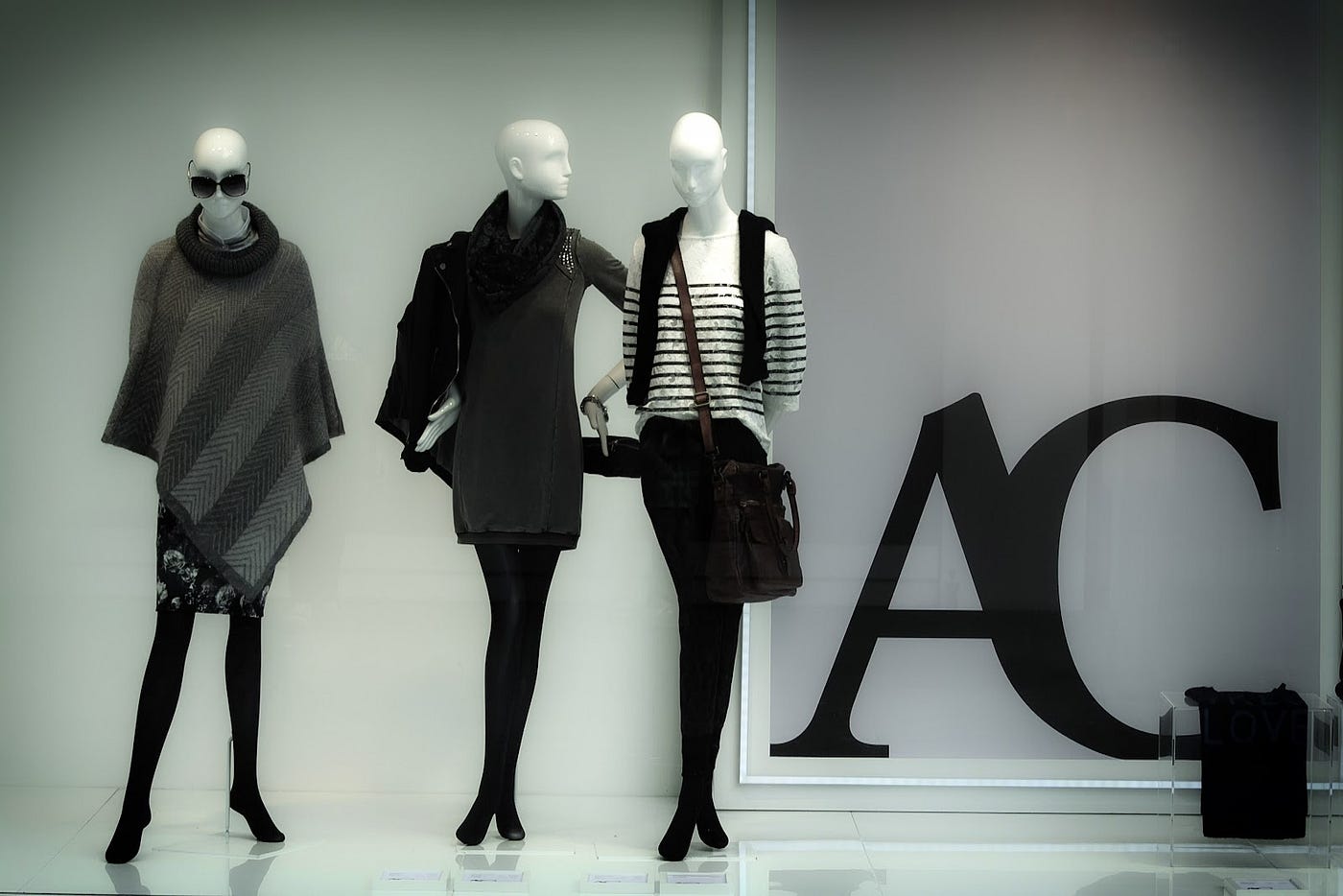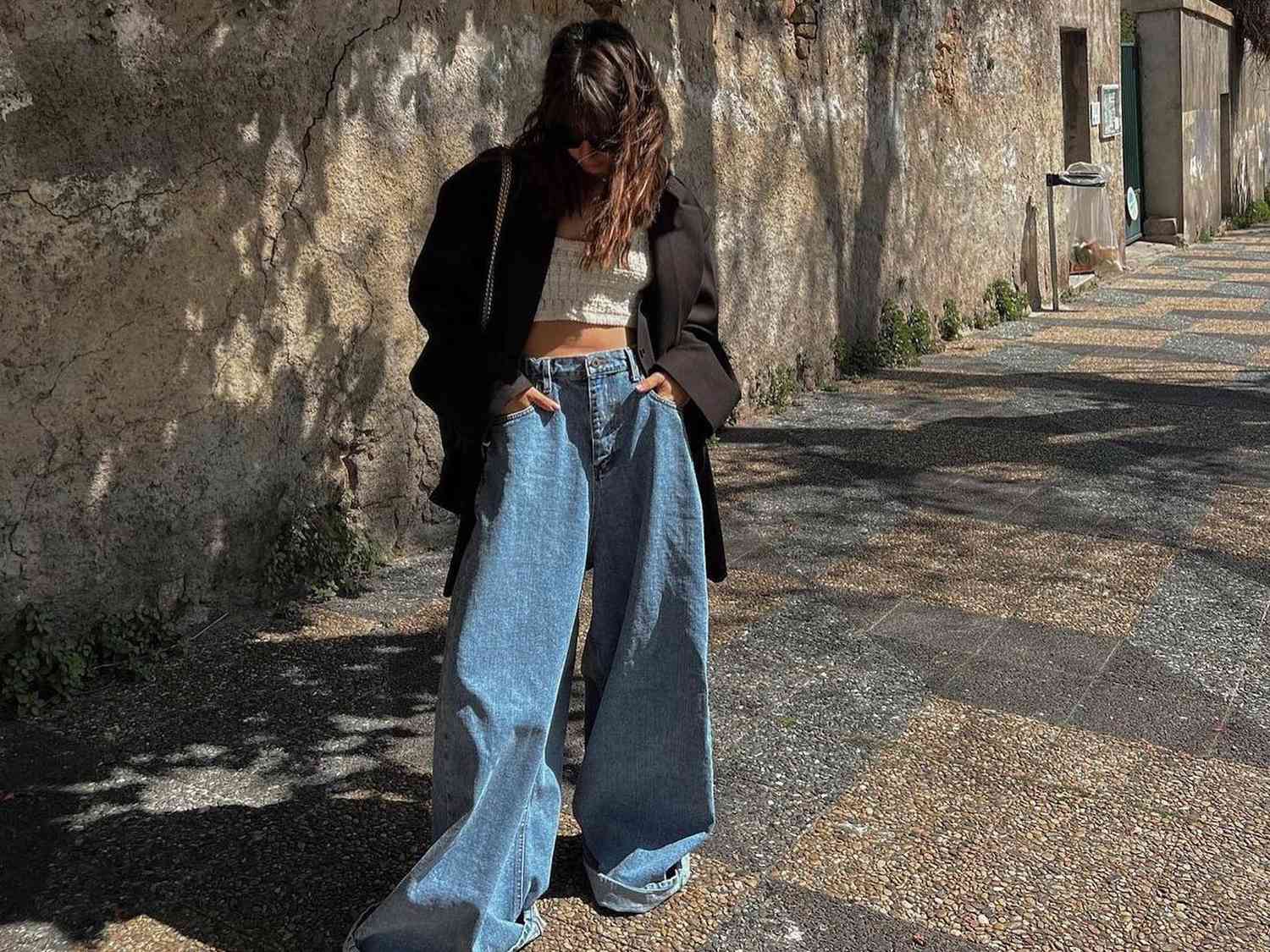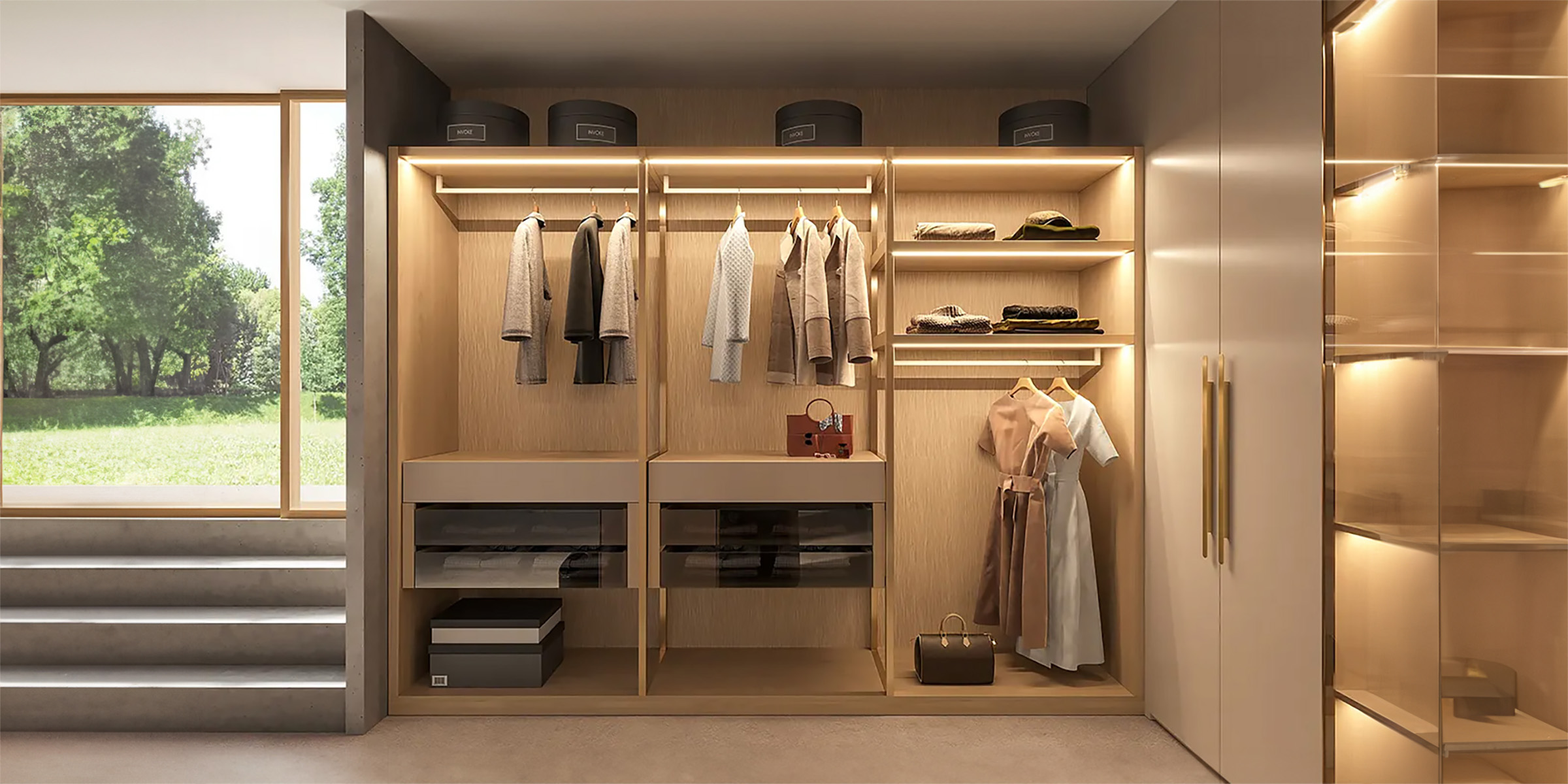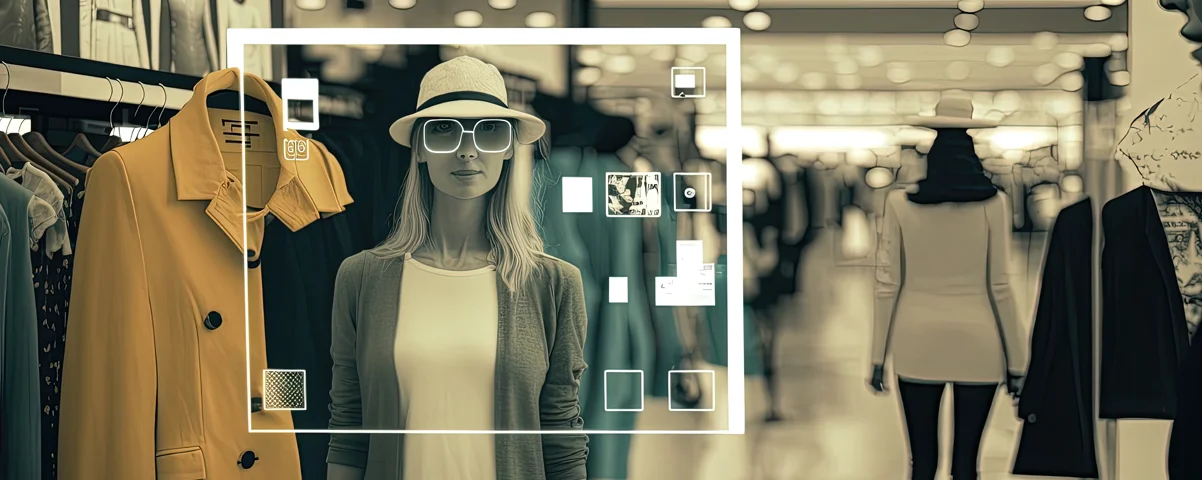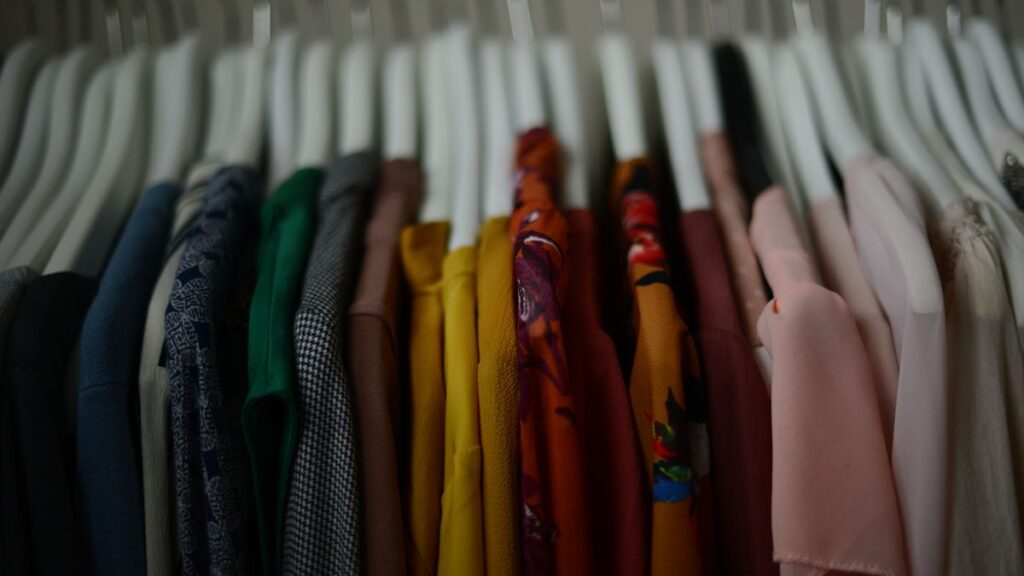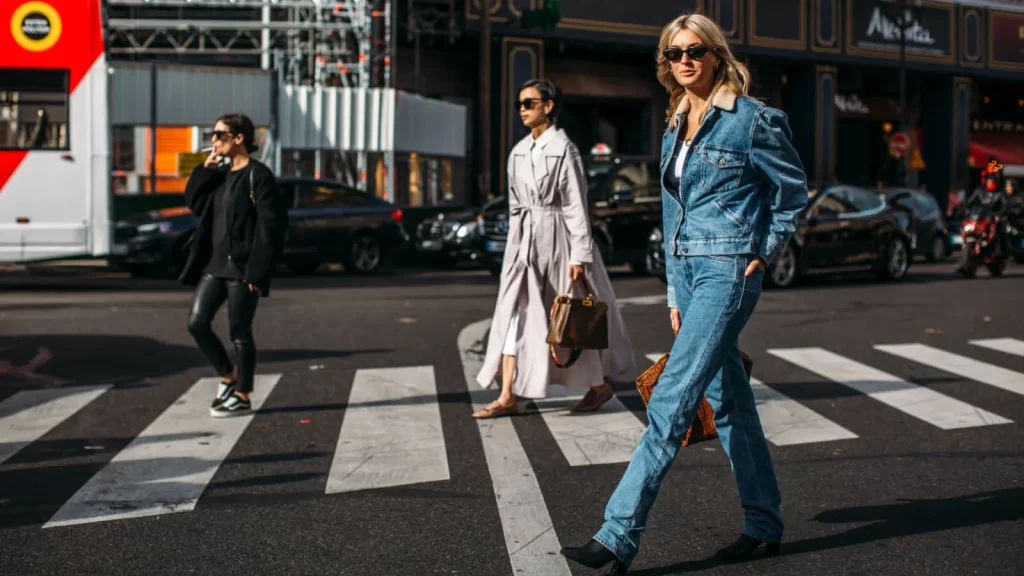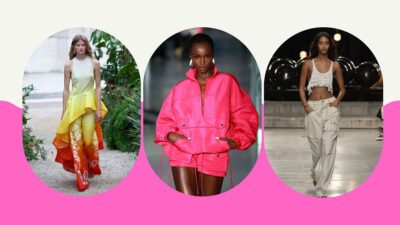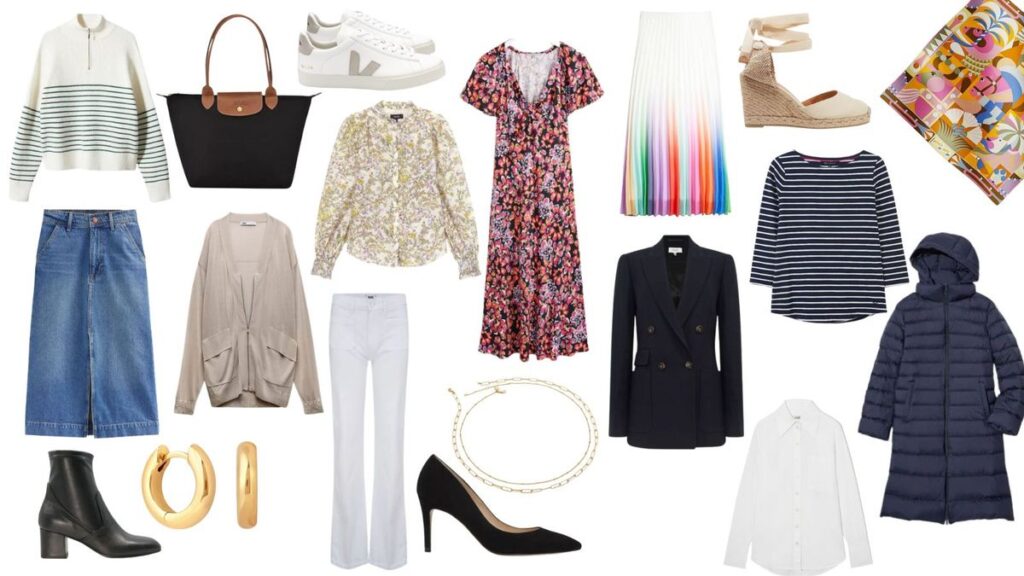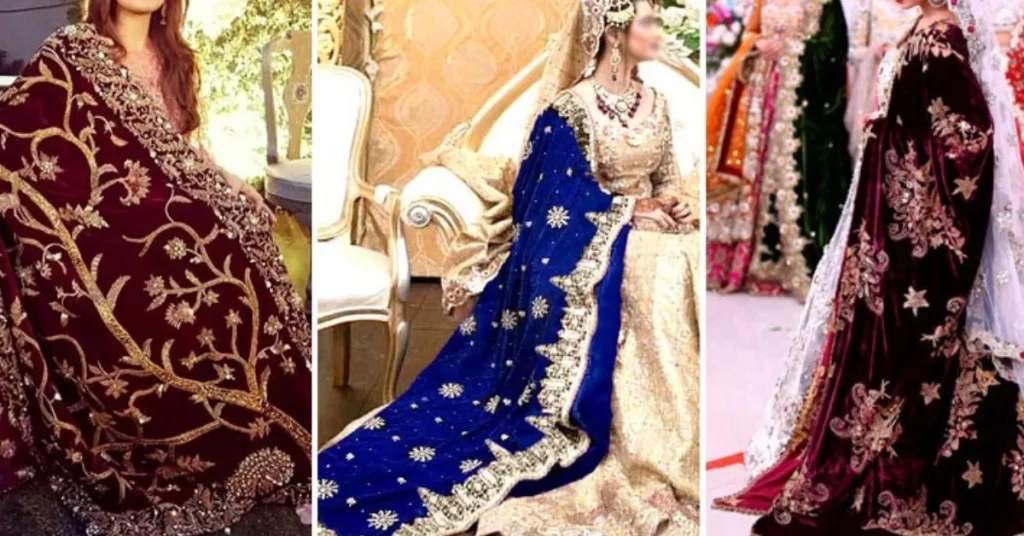Step into the enchanting world of style, where your wardrobe becomes a linguistic masterpiece, articulating the ever-evolving language of fashion. Crafting a wardrobe that resonates with the style seasons is not merely about clothes—it’s about creating a narrative that speaks volumes about your personality and embraces the beauty of fashion’s diverse dialects.
The Prologue: Understanding Style Seasons
Before delving into the crafting process, it’s essential to grasp the essence of style seasons. Fashion, like language, has its own syntax, vocabulary, and rhythm. Spring whispers lightness and florals, summer speaks in vibrant hues, autumn articulates through warm tones, and winter expresses itself with cozy layers. Each season contributes to the fashion dialogue, and your wardrobe is the storyteller.
Chapter One: Essentials, the Alphabet of Style
The language of fashion begins with essentials—the alphabet that forms the foundation of your wardrobe syntax. A crisp white shirt, well-fitted denim, and classic accessories act as the grammar, providing structure to your style sentences. These essentials are versatile, allowing you to conjugate your fashion verbs with the changing seasons seamlessly. ⌚
Chapter Two: Seasonal Fluency, Speaking the Colors
To fluently converse in the language of fashion, one must master the art of seasonal colors. Spring sings in pastels, summer dances in bold hues, autumn whispers in earthy tones, and winter speaks in elegant neutrals. Understanding this chromatic vocabulary allows you to communicate your style fluently, creating visually striking and harmonious ensembles. ❄️
Chapter Three: Layered Syntax, the Art of Punctuation
The art of layering is the punctuation in your fashion sentences. Just as a well-placed comma enhances a sentence, layers add depth and interest to your outfit. Winter, with its frosty punctuation, allows for a symphony of scarves, coats, and gloves, while summer, with its airy ellipses, keeps it light and breezy. Mastering the layered syntax is crucial for a wardrobe that tells a compelling fashion story.
Chapter Four: Accessory Dialogues, the Finishing Flourish
No fashion story is complete without the finishing flourish of accessories. They are the dialogues that enrich your narrative, expressing personality and individuality. Whether it’s a statement necklace, a sleek watch, or a trendy hat, accessories contribute to the linguistic complexity of your style language. They punctuate your outfits and create a memorable fashion conversation. ️⌚
Epilogue: Adapting to New Vernaculars
Just as languages evolve, fashion vernaculars shift with trends and seasons. The epilogue of crafting a wardrobe that speaks the language of fashion involves adapting to these new vernaculars. Embrace trends as the vocabulary of the moment, incorporate them into your style sentences, and let your wardrobe dialect be a reflection of both timeless elegance and contemporary flair. ✨
Conclusion: Fluent in Fashion, Your Wardrobe Narrates
As you craft a wardrobe that speaks the language of fashion, remember that you are the author of your style story. Each season contributes a new chapter, and your wardrobe, the manuscript. From essentials to colors, layers to accessories, your fashion narrative should be fluent, dynamic, and uniquely you. Happy crafting, fashion linguists! ️

